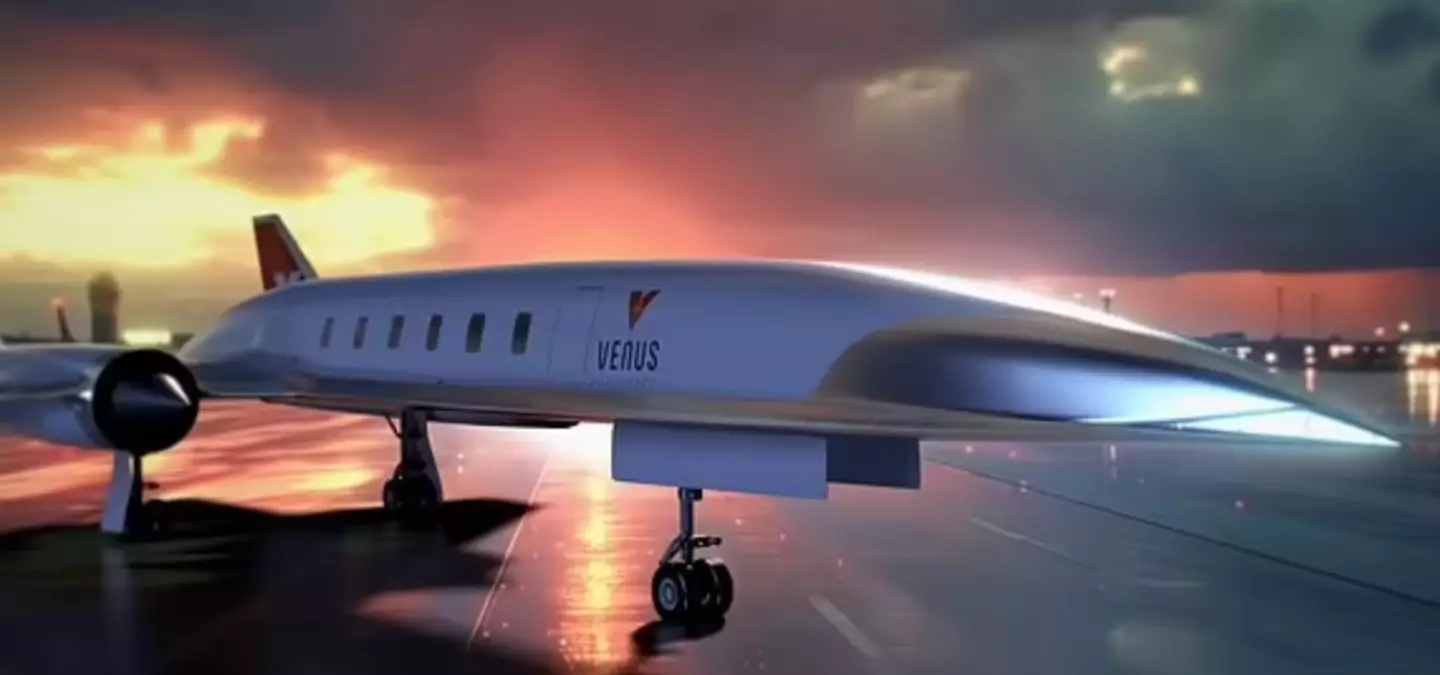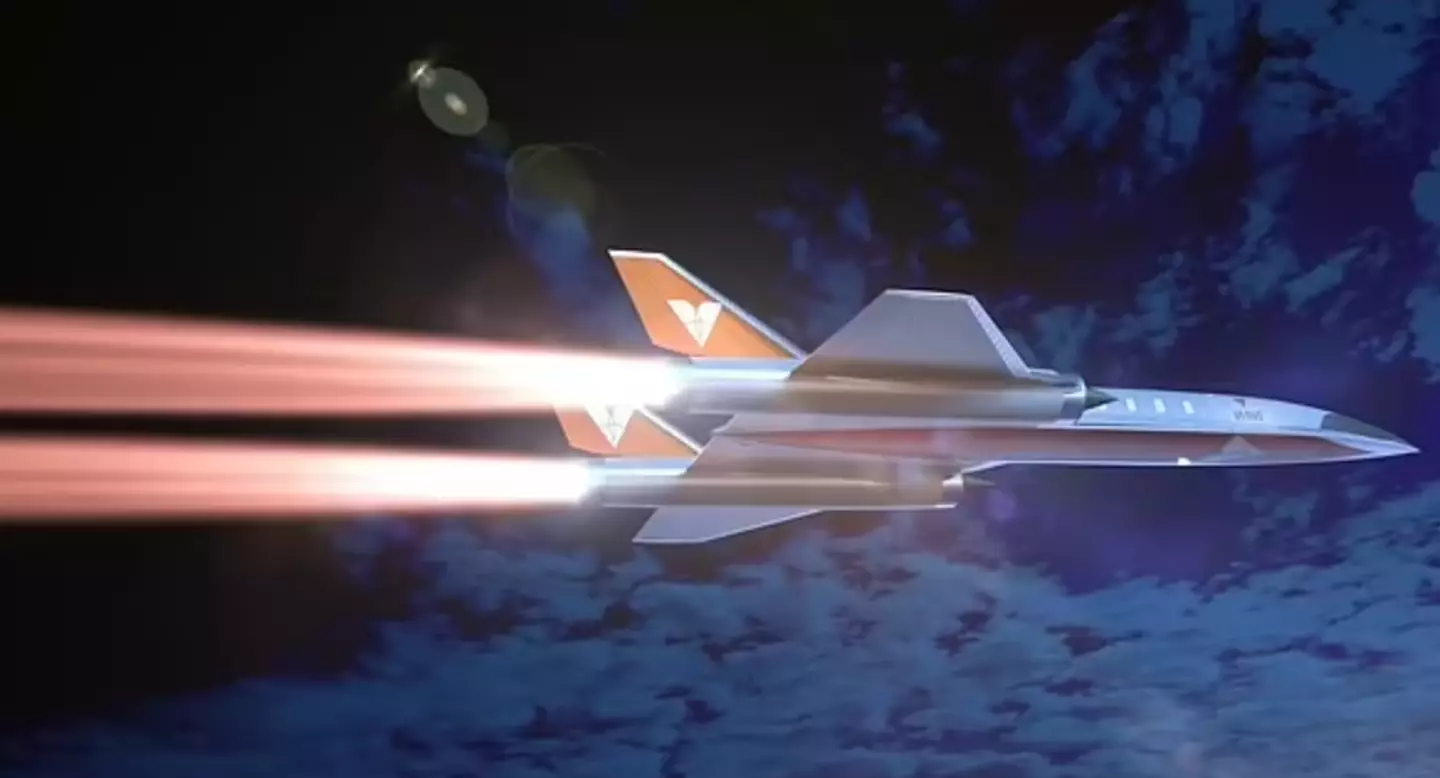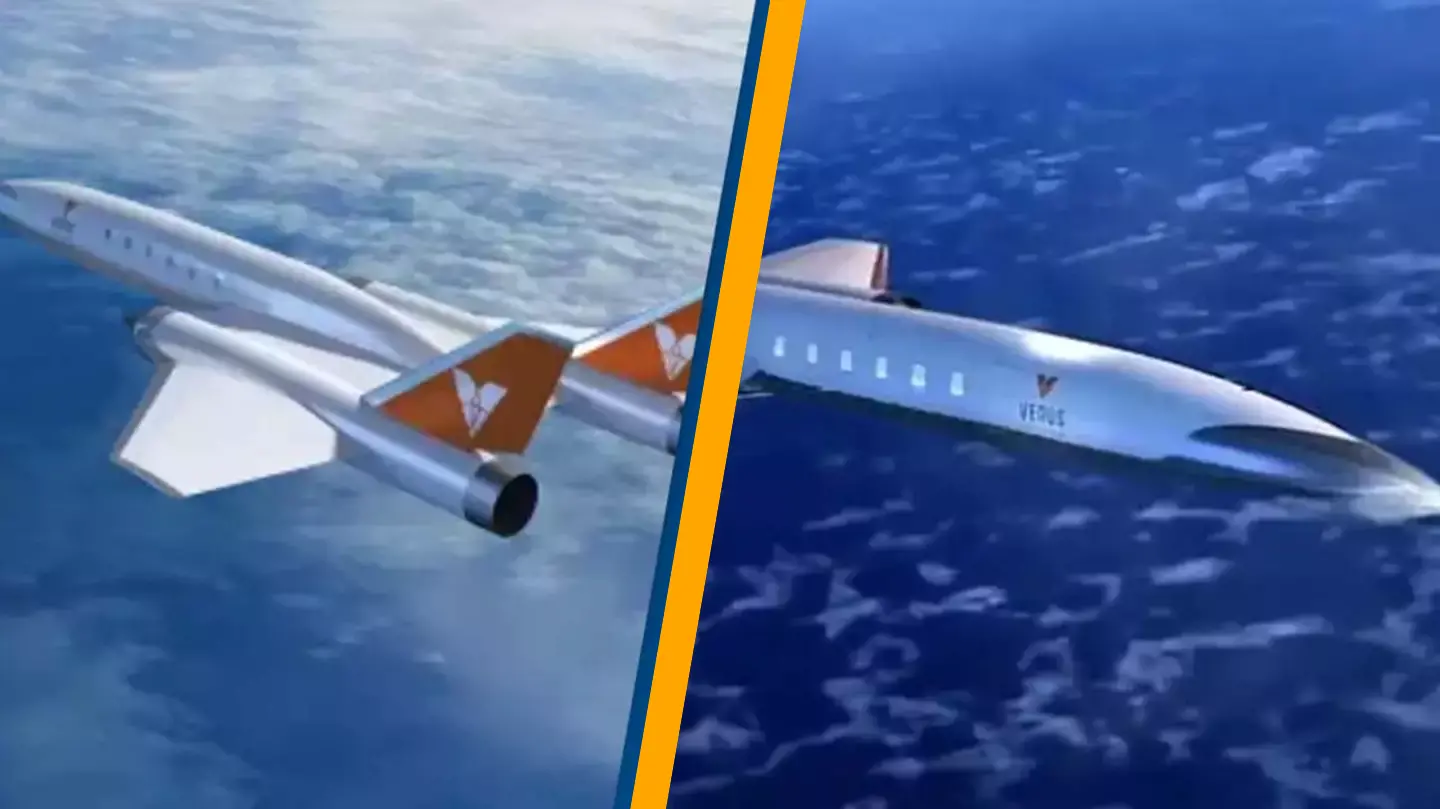Long-distance travel may soon be transformed by a new multi-million-dollar hypersonic jet.
The aspiration of globe-trotting is common, yet for many, it remains a challenging and improbable endeavor.
Besides the financial aspect, the lengthy duration required to fly between continents can be daunting for those who find long flights uncomfortable.
Nevertheless, a groundbreaking jetliner is under development, promising to drastically reduce long-distance travel time.

The Stargazer, equipped with an advanced engine, is being produced by Venus Aerospace, based in Texas, which aims to construct the world’s fastest passenger aircraft.
If realized, the jet is anticipated to achieve speeds of 4,600mph. This would not only establish it as the fastest passenger aircraft currently but would also surpass the speed of the retired Concorde, a legendary supersonic airliner, by over 2,500mph.
A practical way to comprehend this velocity is by considering the journey from New York City to London across the Atlantic Ocean. Typically taking about seven hours, the Stargazer would complete this trip in under an hour.
The remarkable innovation comes with a considerable expense; the Venus Aerospace team has amassed $33 million for the construction of the Stargazer and its engine, dubbed the Venus Detonation Ramjet 2000 lb Thrust Engine, or VDR2.

Eric Briggs, COO of Valentra, a company collaborating with Venus Aerospace, stated: “We can’t wait to dig in, make the first one fly, and ultimately perfect an engine concept that has lived mostly in textbooks but never as a production unit in the air.”
While the timeline for the jet remains uncertain, reports suggest the engine could be testable in the near future.
The capabilities of the VDR2 are set to be officially demonstrated in 2025, when a hypersonic test drone is scheduled to take flight for the first time.
The Stargazer isn’t the only high-speed aircraft under development, as both NASA and Boom Supersonic are working on similar, albeit slightly slower, supersonic airliners.

